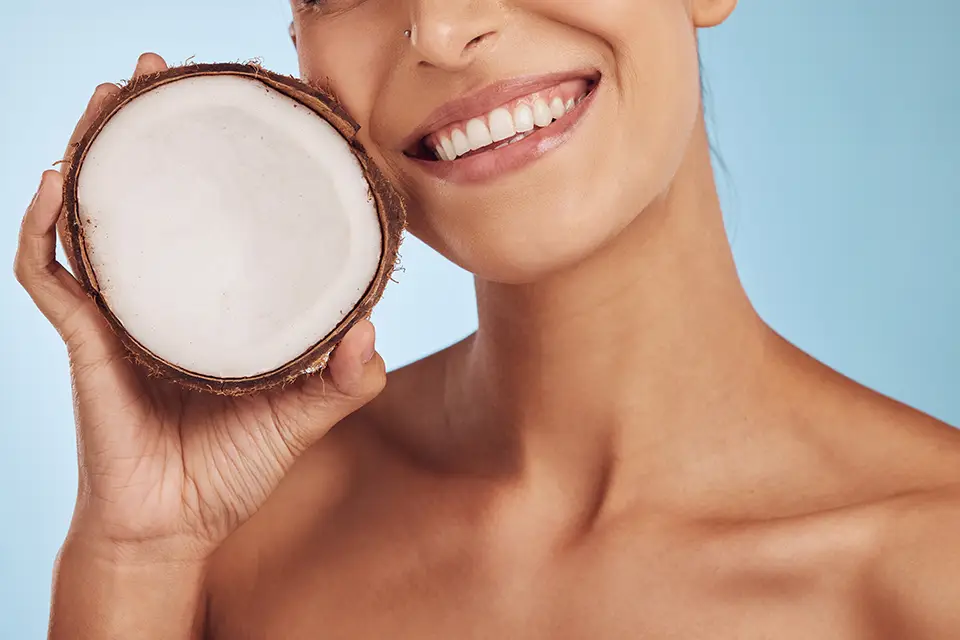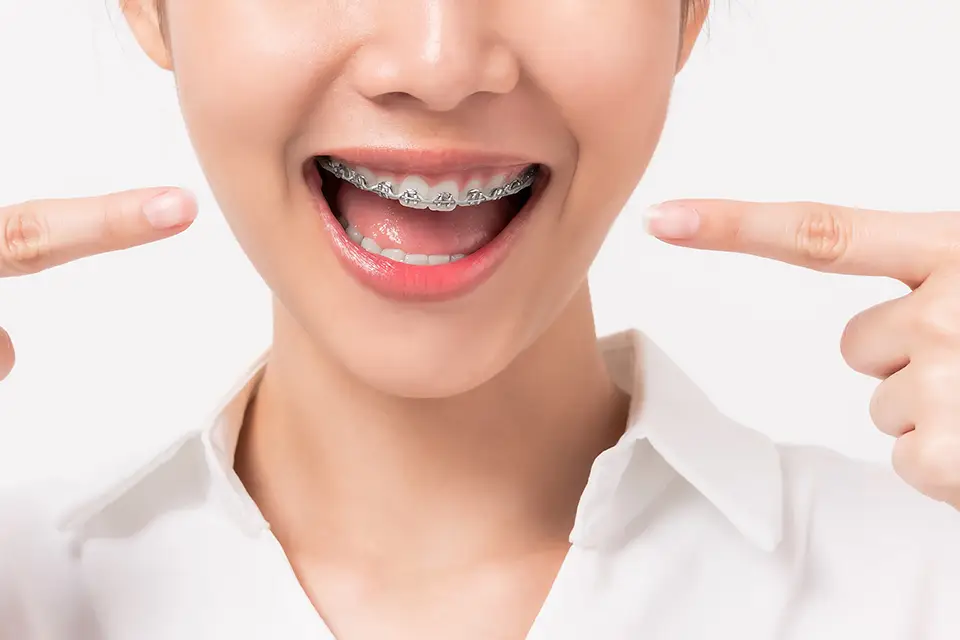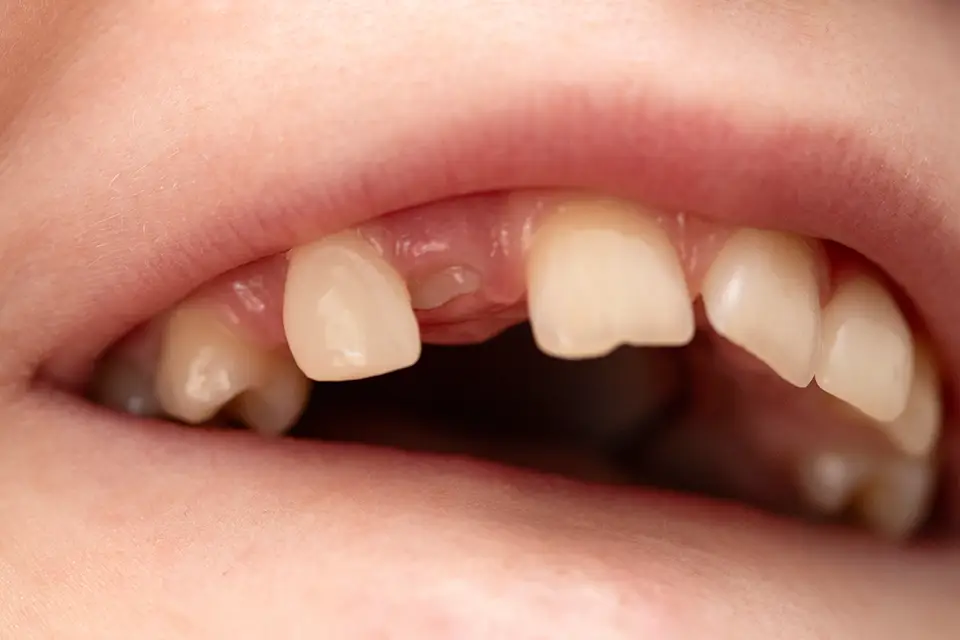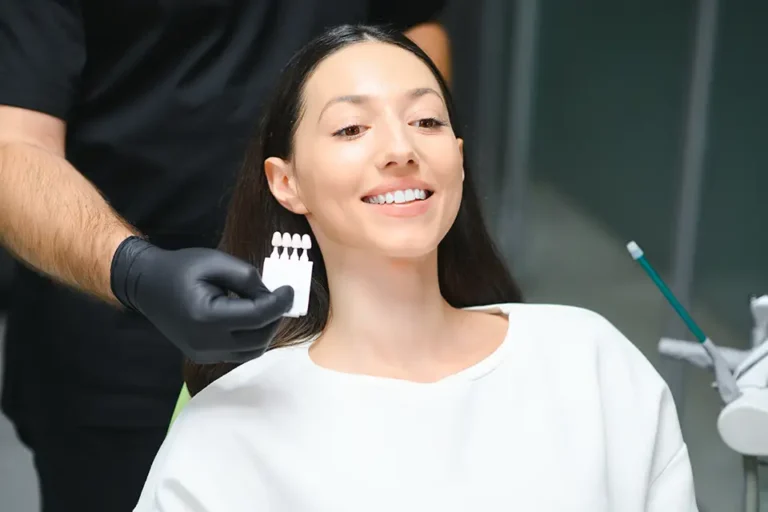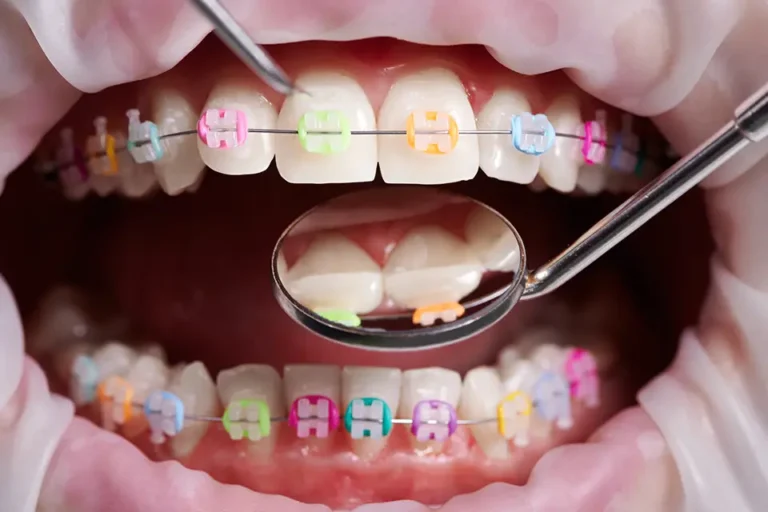If you want a brighter, more even smile that can handle real-life habits—espresso mornings, busy lunches, late-night jaw clenching— zirconia veneers are worth a close look. They’re designed to be both tough and tasteful, giving you long-term confidence without a “done” look.
At Zara Dental in Houston, Texas, we approach veneer treatment like a custom build: we study your bite, map your gum health, and design a shape and shade that fit your face—not a template. In this guide, we’ll explain how zirconia compares to other options, how the process unfolds from digital scan to final polish, who benefits most, realistic costs for 2025, and smart ways to budget. If you’ve been searching for veneers in Houston, use this as your practical starting point before you book.
What Are Zirconia Veneers?
Zirconia veneers are thin, custom-milled shells made from zirconium dioxide ceramic that are bonded to the front surfaces of teeth to refine color, shape, symmetry, and edge length. Modern translucent zirconia balances exceptional strength with improved light transmission, so the smile reads clean and lifelike rather than flat or chalky.
At our dental clinic in Houston, the process is structured and transparent:
- Smile Design & Records: We capture photos and digital scans, review your bite and wear patterns, and discuss where you want more brightness or length. You’ll see proposed contours on-screen so choices are clear before we start.
- Conservative Tooth Preparation: Many cases are additive (minimal or no reduction). When space is needed for symmetry or shade control, we typically remove 0.3–0.5 mm of enamel—preserving enamel wherever possible because it bonds more predictably than dentin.
- Functional Temporaries: Provisional veneers preview shape, length, and phonetics (how your “S” and “F” sound). You’ll road-test comfort at home for a few days, then we’ll fine-tune before the lab fabricates the finals.
- Laboratory Craftsmanship: High-translucency zirconia is CAD/CAM milled, sintered for density, and characterized with micro-texture and shade nuances to avoid the “single-shade” look.
- Try-In & Adhesive Bonding: We verify shade in natural and operatory light, check margins under magnification, and bond with adhesive resin cements and MDP-containing primers that are formulated to grip zirconia long term.
- Protection & After-Care: Final polish, bite balancing, photos for your records, and—for grinders or clenchers—a custom night guard to protect your new edges.
Material properties that matter: high flexural strength, low porosity (better stain resistance), biocompatibility at the gumline, and reliable masking of darker underlying tooth shades without excessive thickness.
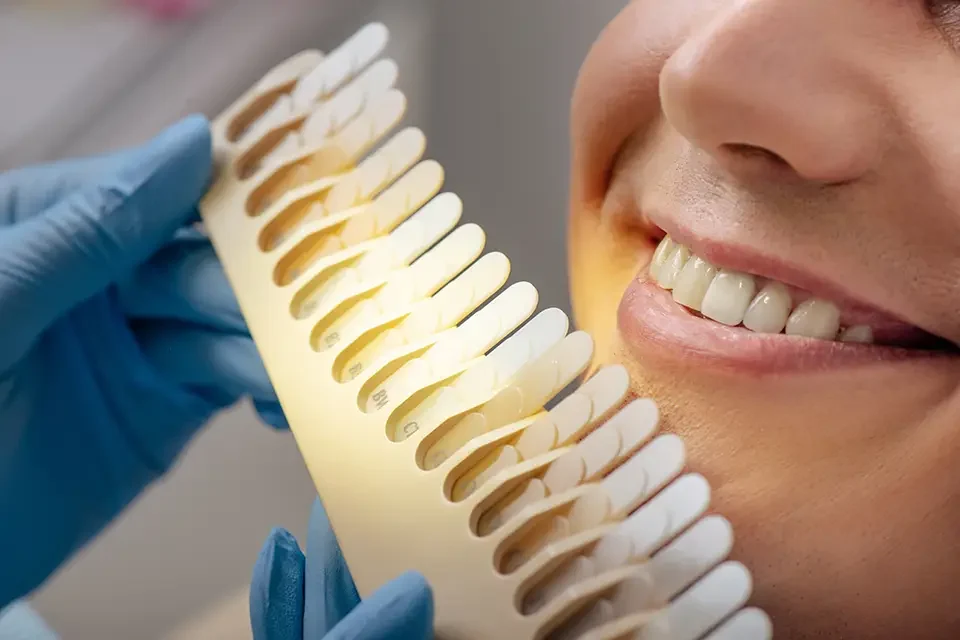
Zirconia Veneers Pros & Cons
Every material makes trade-offs. Here’s a balanced view to help you compare without the marketing gloss.
Pros
- Exceptional Strength: Monolithic zirconia tolerates heavier bite forces than many glass-ceramics—valuable if you clench, chew firmly, or show wear facets.
- Stain Resistance: Dense, low-porosity surfaces resist staining from coffee, tea, red wine, and tobacco and keep their gloss with simple maintenance.
- Color Control: Strong masking power evens out intrinsic discoloration (tetracycline bands, dark dentin) more predictably, so you don’t need overly thick veneers.
- Gum-Friendly Margins: Well-finished zirconia margins are smooth and plaque-resistant, supporting calmer, healthier tissue.
- Edge Durability: Thin incisal edges chip less readily when the bite is balanced and protected.
Cons
- Translucency (Relative): High-translucency zirconia looks natural, but if you want the ultra-glassy incisal “halo,” certain layered glass-ceramics can still edge it out in select cases.
- Higher Cost: Material and lab artistry usually cost more than composite bonding and some feldspathic porcelains.
- Technique Sensitivity: Design, prep, isolation, and cementation must be meticulous; a missed high spot or rushed bonding can shorten service life.
- Repair Pathways: Tiny nicks may be polished or spot-bonded; larger fractures often require replacement rather than a quick, durable patch.
How this compares to other options: Composite veneers win on entry cost and ultra-conservative prep, but need more frequent maintenance and touch-ups. Premium glass-ceramics can deliver maximum translucency in lower-force bites; zirconia wins when strength and masking must share top billing.
Best Candidates for Zirconia Veneers
Choosing the right material for the right mouth is what makes veneers look great and stay that way.
Often a great match
- Bruxism or Clenching: If you grind at night or carry daytime jaw tension, zirconia’s strength plus a night guard offers predictable longevity.
- Deep or Patchy Staining: Intrinsic discoloration that resists whitening is more reliably masked by zirconia without adding bulk.
- Edge Wear, Chips, or Micro-Cracks: Shorter front teeth and fragile edges benefit from a stronger ceramic that can restore length and shape without frequent chipping.
- Mixed Restorations: When some teeth have old fillings or uneven shades, full-coverage veneers unify color and texture across the smile.
Better to stage or consider alternatives
- Severe Misalignment: Significant crowding, rotations, or crossbites are best corrected with orthodontics first to avoid aggressive reduction. Veneers can then refine shape and shade cleanly.
- Aesthetic-Only on Near-Ideal Teeth: If alignment and shape are already excellent and you want a subtle brightness bump, minimal-prep porcelain or targeted bonding may achieve the look with even less intervention.
- Unstable Gum or Enamel Health: Active periodontal inflammation or enamel demineralization must be stabilized before veneers; healthy tissues are non-negotiable for success.
Reality check: When biology (gums), mechanics (bite), and design (shape/shade) are aligned, results look natural and age gracefully.
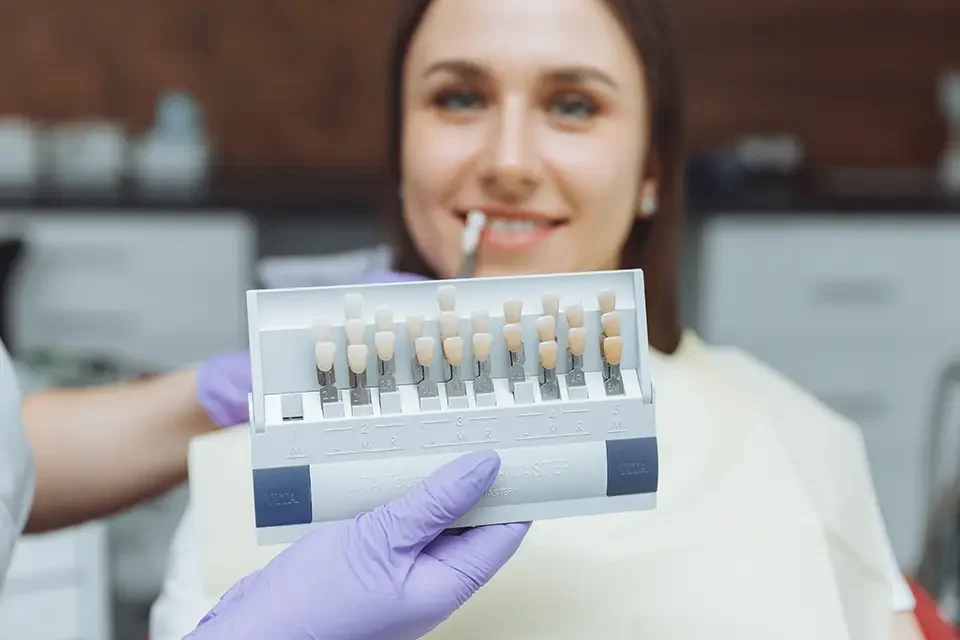
Zirconia Veneers Cost
Let’s talk numbers so planning feels concrete. Furthermore, Houston pricing varies by clinic, lab tier, and case complexity, but these 2025 estimates offer a realistic frame:
- Typical fee per tooth (2025): $1,200–$2,000 USD
- Common smile zones:
- Social Six (canine–canine): $7,200–$12,000 USD
- Extended Smile (8–10 teeth): $9,600–$20,000+ USD
What moves the fee up or down
- Complexity: Dark underlying tooth shades, significant lengthening, asymmetries, or replacing older restorations add design and lab time.
- Tissue & Tooth Prep: Gum contouring, core build-ups, or replacing failing fillings protect the final result but add steps.
- Laboratory Level: Hand-characterization, micro-texture, and multi-shade layering increase artistry—and cost.
- Protection Plan: Custom night guard for grinders; scheduled reviews and professional polishes extend life and value.
Budgeting & financing tips
- Stage Thoughtfully: Start with the teeth that dominate your smile line; extend to neighbors later to spread costs.
- Blend Materials When Sensible: Use zirconia where strength/masking is critical, and consider a different ceramic where ultra-translucency is the priority and bite forces are low.
- Flexible Payments: Many patients choose monthly financing. We’ll outline deposit options and terms during your consultation.
- Maintenance = ROI: Regular check-ups, bite checks, and a night guard (if you grind) prevent small issues from becoming expensive fixes.
All prices are estimates and vary by individual findings, material selections, and laboratory requirements. A personalized assessment is essential before confirming totals.
Conclusion
Zirconia veneers sit at the intersection of strength and style: they’re tough enough for daily life in Houston and refined enough for close-up conversations. If you need reliable masking of deeper stains, want to rebuild worn edges, or live with clenching or grinding, they deserve a serious look. The trade-offs are straightforward—slightly higher fees and, in some lighting, a touch less edge translucency than the glassiest porcelains—but careful planning, conservative prep, precise bonding, and good protection habits deliver a smile that looks natural and stays stable.
If you’re weighing options, book a consultation at Zara Dental in Houston, Texas. Moreover, we’ll map your bite and gum health, preview shapes, explain material choices in plain language, and provide a transparent quotation—with staging and financing options if helpful. No pressure, no guesswork—just a clear plan for veneers that fit your face, your bite, and your everyday routine.


